To celebrate the Glen Park Association Website turning ten years old, we are reposting some of our favorite stories from the last ten years.
By Bonnee Waldstein
Photos by Michael Waldstein
This is not fake news: The crowd size at the quarterly meeting of the Glen Park Association on July 19 was really really huge. In a show of force, eighty-five people showed up to the first meeting at the remodeled Rec Center.
The agenda was packed and everyone was in a good mood. That was in large part because the auditorium has been transformed from a tired and dingy space, into a glorious light-filled room with features such as a fireplace, climbing wall, and adjoining kitchen.
Here are the topics that were covered.
Glen Canyon Recreation Center Improvement Project:
The gymnasium opened July 17. Current hours are Monday – Friday from 9 AM to 6 PM. After camp finishes in August, the rock climbing wall will be available.
Brett Desmarais, project manager at SF Rec and Park, gave an update on the remodel. The interior has undergone a full structural renovation. It’s a nice blend of historic features like the exposed beams, plus modern amenities.
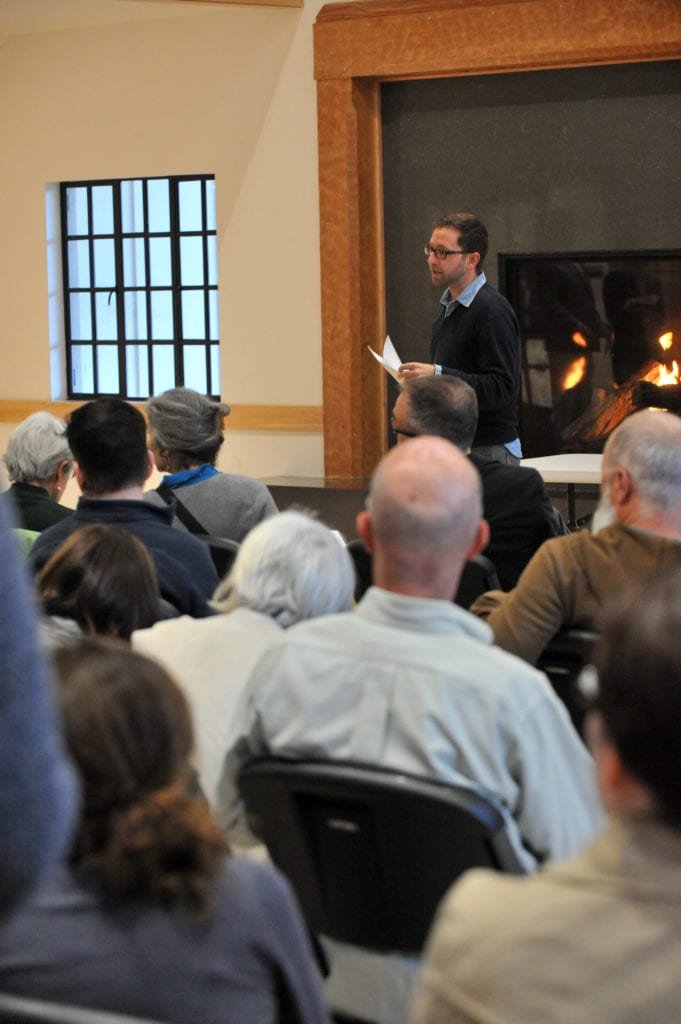
Highlights of the project: Structural (roof, foundation, windows, electrical, plumbing, seismic retrofits, etc.); gymnasium and auditorium (with rock climbing wall); indoor and outdoor restrooms; dedicated indoor spaces (kitchen, welcome desk, park staff offices, multipurpose room); exterior art installation by Charles Sowers.
Still to be finished are several of the outdoor elements, such as the patio leading to the canyon trail, asphalt paving, landscaping, water fountains, trash enclosures, picnic tables and bench seating, and ADA compliant features. Pole lighting needs to be evaluated as to safety concerns.
Funding for the Sussex Street stairs has been secured from Rec and Park. (Supervisor Sheehy later said the amount is $206,000.) The much anticipated project will fully replace the existing conditions. It will have box steps and handrails for enhanced usage and safety. It’s estimated to be completed this Fall.
He answered some audience questions: Ongoing problems in tennis court lighting are hard to pin down. They have an electrical contractor on it and it might be resolved by mid-August. The construction fencing will also be taken down around that time. Then the lawn and shrubs will be planted and fenced off until they get established. Rec and Park is working with Recology to have enclosed black, blue and green bins placed in phases and fully implemented in a year.
For background information about the project, go to: http//:sfrecpark.org/sf-rec-and-park-to-open-glen-canyon-recreation-center-after-14-million-renovation/
Ingleside Station Captain Joseph McFadden:
Captain McFadden addressed the community concern over the recent spate of street muggings. He said that, unlike in previous incidents, there’s no pattern as to time of day or night. They appear to be random. The captain surmises it might have something to do with perpetrators who have just been released from jail.
There’s a lot of anxiety about the murder on Twin Peaks, in which a photographer was shot and killed in a robbery of his camera. The captain had no more information other than what is already public.
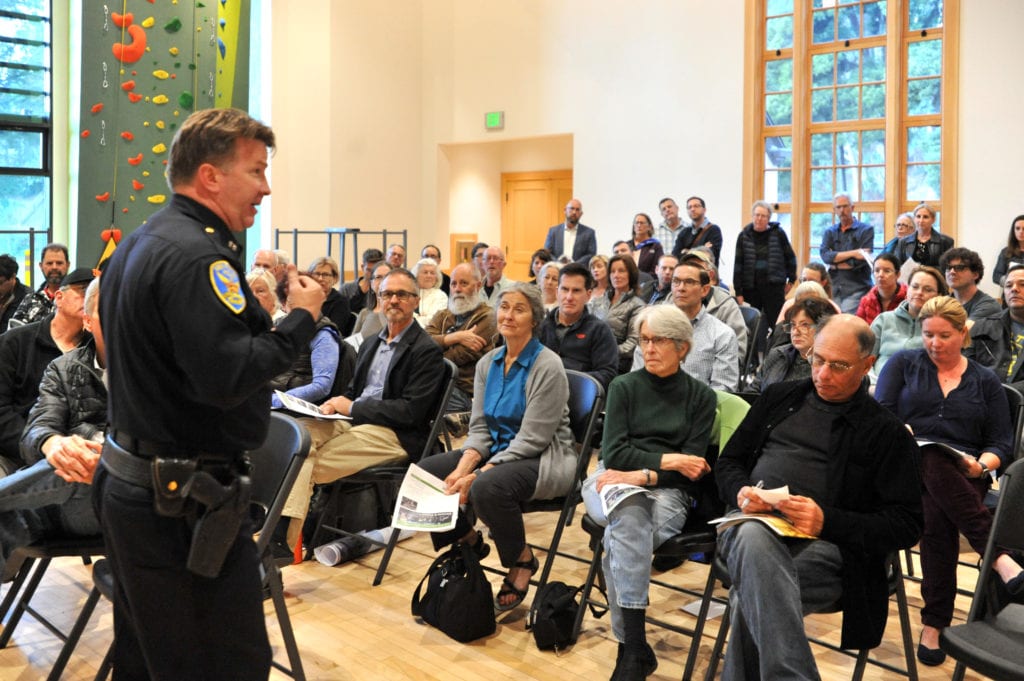
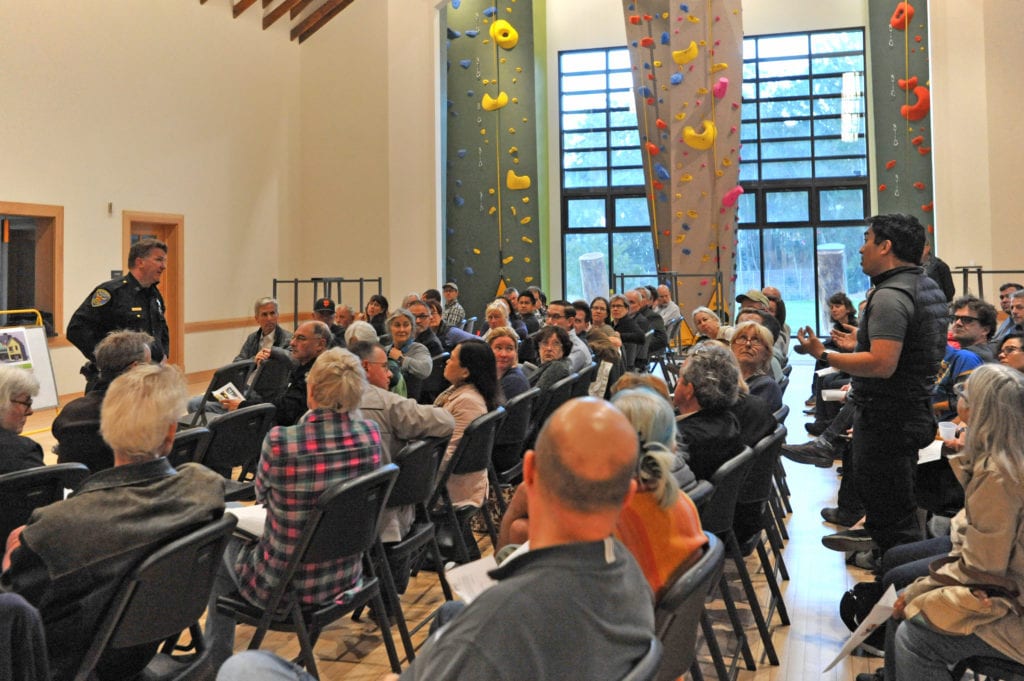
McFadden reiterated, as he has in the past, the importance of getting a description of the perpetrator, recognizing that the victim will be rattled and traumatized at the time. Look head to toe and try to see if there’s anything unique about the person or clothing. If nothing else, look at the shoes because that’s the item the perpetrator is least likely to change. If a car is involved, likewise try to notice anything distinctive in addition to the license plate. Note where the vehicle came from and where it went.
Car break-ins are getting more frequent and more brazen. The captain related this to the muggings in some instances; if the perpetrators don’t get anything of value from the car, they get frustrated and prey on a passerby. The most frequent items stolen are cell phones and McFadden again urged people, for the umpteenth time, not to carry them in sight and not to be distracted by them while walking in the street.
All descriptions of suspects are broadcast over the entire police force, so a fleeing suspect might be caught elsewhere in the city.
There were several questions. Someone asked about taking a phone out to report suspicious activity — maybe that would make one a target for theft. McFadden said not to put yourself in danger; go around the block, knock on someone’s door or go to a nearby merchant.
Importantly, call in every incident because that’s how trends are determined. Email the captain and send videos, if available.
Another person suggested more foot patrols in the neighborhood. McFadden said the Ingleside just got six new officers and they’re asking for more as the district grows in population. Right now the priority areas are Mission Geneva, Cortland and Glen Park. The new officers are on temporary assignment for one year, and after that, decisions can be made about permanent assignments of officers.
The epidemic of package thefts was also brought up. The captain said perpetrators just get citations to appear in court. It’s not helpful to deterring the activity. Recent changes in the law have effectively downgraded some felony offenses to misdemeanors.
A victim of a recent crime on Chenery Street asked for the best way for neighbors to collaborate to reduce crime. McFadden suggested that neighborhood watch groups are very effective; share information with your neighbors; mark your devices, etc. and take photos of them. The police department has vast rooms of storage bins full of unidentified stolen items.
Email the Captain or Ingleside Station: joseph.mcfadden@sfgov.org or inglesidestation@sfgov.org.
Neighborhood Watch information: www.sfsafe.org
Supervisor Jeff Sheehy:
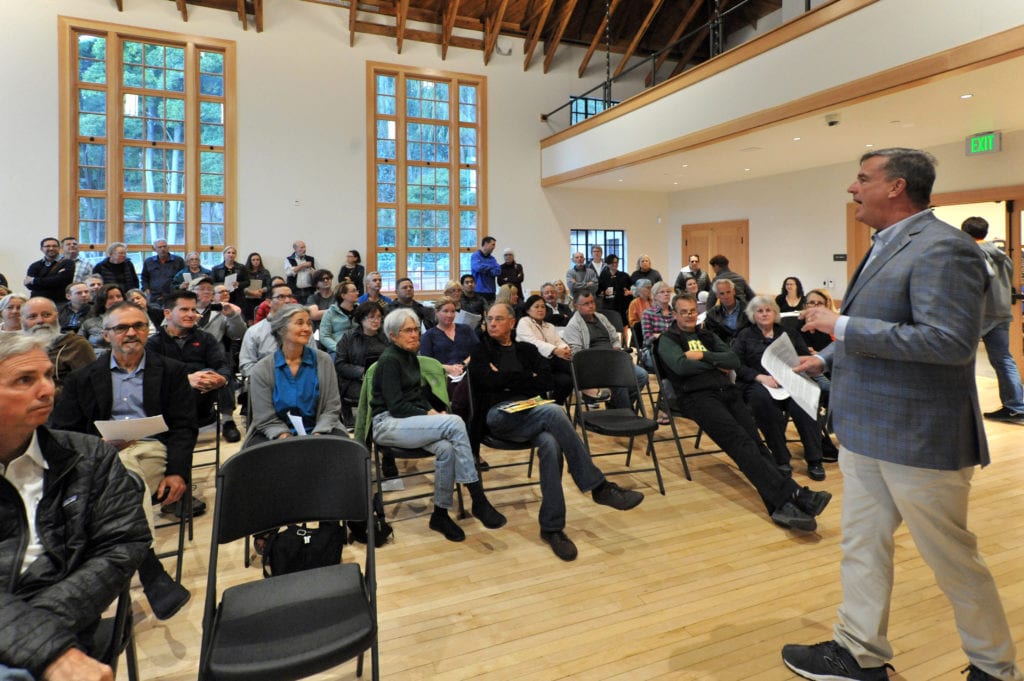
The Supervisor described some of his recent activities. He’s been working with SFMTA to evaluate the ever-problematic Diamond and Bosworth intersection. Signal timing has been changed to improve traffic flow. SFMTA has an overview here: SFMTA_GlenPark_Flyer
The Mayor’s Fix-It Team, a coordination among six city agencies, will be coming to Glen Park soon to address some of the quality of life problems that plague our local environment. Examples: cleaning grimy streets, fixing potholes, scrubbing out graffiti, fixing broken street lights, etc.
Sheehy announced his idea of a blast email list to keep the neighborhood informed of the crime situation. He told the group to email him with “Glen Park Crime” in the subject line. As a tip, he said we should keep our front light on at night, as a well lit street is a safer street.
He urged people to show up for the police budget process next June so more resources can become available to fight crime. In addition, there will be a statewide vote to take back Proposition 37, which raised the amount of theft required for a felony charge.
Email the Supervisor: Jeff.Sheehy@sfgov.org
Canyon Market Permit Amendment:
Richard Tarlov, owner of the market along with Janet Tarlov, gave the community an update on the process Canyon Market is going through with the City to address the problem of delivery times to the market.
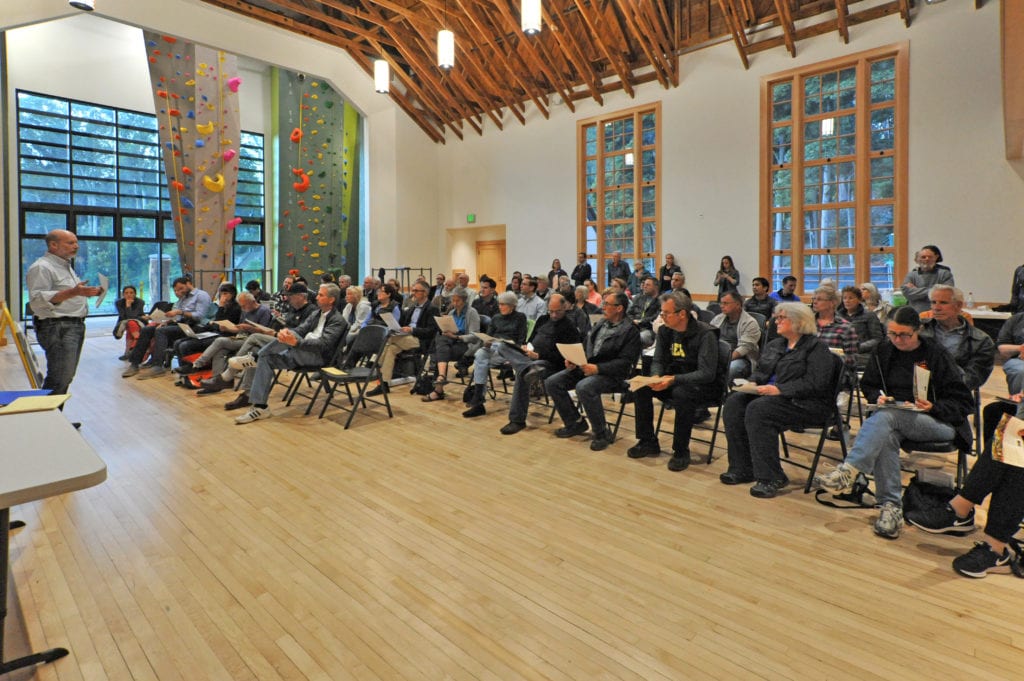
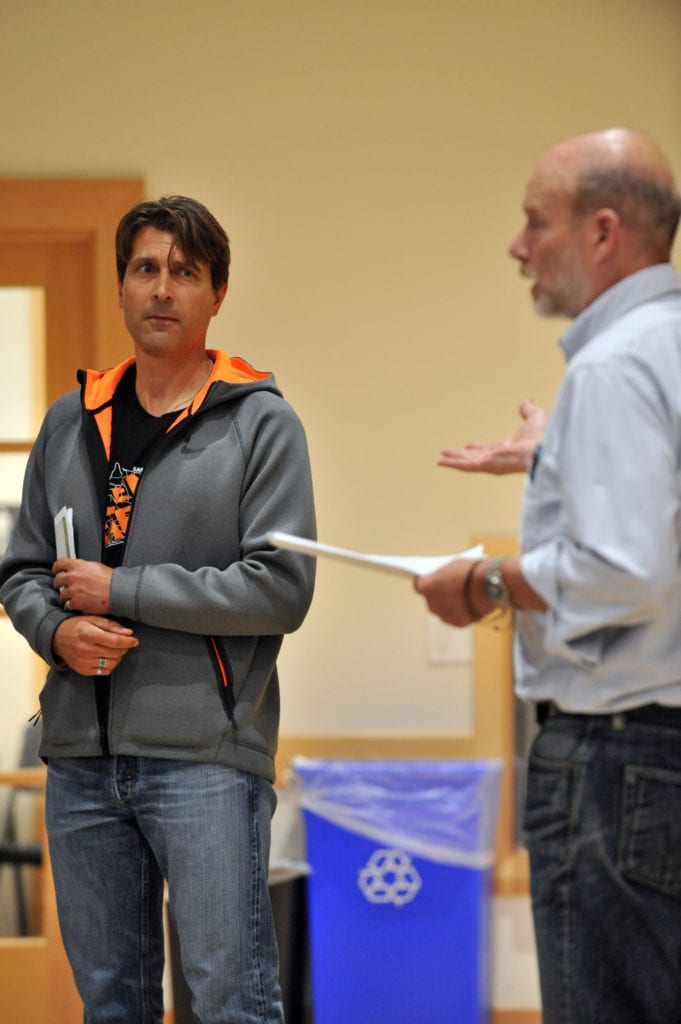
In 2002, the original developer obtained a conditional use permit for the market (standard for operating a type of business or building). The permit stated that semi -trailers would be limited in deliveries to the market to 9 AM to 12 noon. The market did not open until 2006 under the ownership of Richard and Janet Tarlov and they had no input into the conditional permit.
There are not many trucks of that size making deliveries, but some of the ones that do need to arrive early in the morning or in the evening. The logistics involved require a degree of flexibility for the market to receive its goods in order to serve the community.
The Tarlovs want to eliminate the line from the permit that limits the hours of delivery by semi-trailers. Richard said they’ve been doing all they can to mitigate any disturbances or disruptions on Wilder Street, such as noise abatement, not blocking driveways, and moving about as quickly as possible to free up the street.
There is a petition in the market for patrons to sign if they wish. It would also help if the Glen Park Association wrote a letter of support to the Planning Commission. The Commission likes to see that businesses are in communication with the neighborhoods they serve and that, in turn, the community supports the needs of the business.
Proposal for 683 Chenery Street:
The former site of Chenery Park restaurant, vacant since 2014, has been the topic of questions and speculation since that time.
The owner of the property, Mary Painter, has engaged local architect Carl Scheidenhelm of SF-ARC, to draw up plans for renovating the building. (Click here to see renderings.) Sheidenhelm shared preliminary drawings at the meeting, emphasizing that they were subject to change after review by the planning department.
The proposal is to redevelop the property as a high quality restaurant on Chenery Street, modernizing it and bringing it up to code. On the Wilder Street side, there would be two studio apartments on the lower level and two one-bedroom apartments on the upper level.
There will not be garage space for the units, as the planning department doesn’t generally approve of indoor parking for this type of property, which is zoned as NCT (Neighborhood Commercial Transit-Oriented).
No variance is required for the permit, since the footprint of the property is not changing. The requirement for outdoor space will be satisfied by a roof deck.
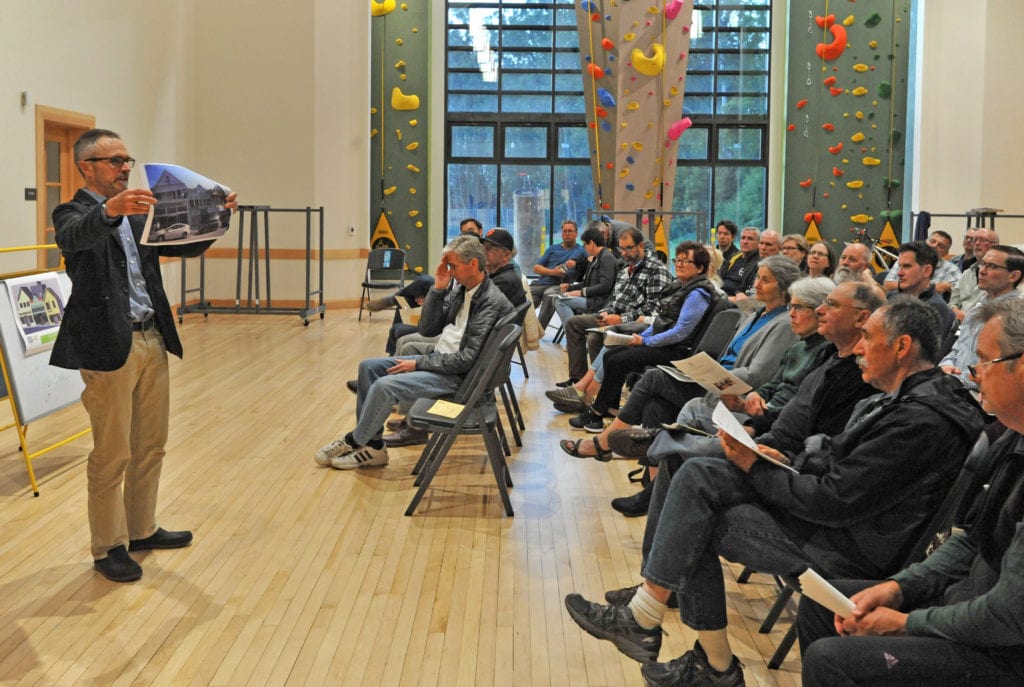
The design conforms to the City’s policy of promoting housing and businesses in high density areas and transit hubs.
It will take six to nine months for approval once the final plans are submitted to the planning department, so neighbors shouldn’t expect construction to begin anytime soon.
San Francisco Urban Forest Plan:
Jon Swae of the planning department, and DPW’s Carla Short, presented the new plan for street tree expansion and maintenance. It was developed along with the Urban Forestry Council and Friends of the Urban Forest.
They conveyed a lot of statistics about current conditions and the proposal for the City’s street trees. There are 700,000 trees in San Francisco, including those in the National Recreation Area. The City has 13.7% tree canopy which ranks it twentieth for urban areas.
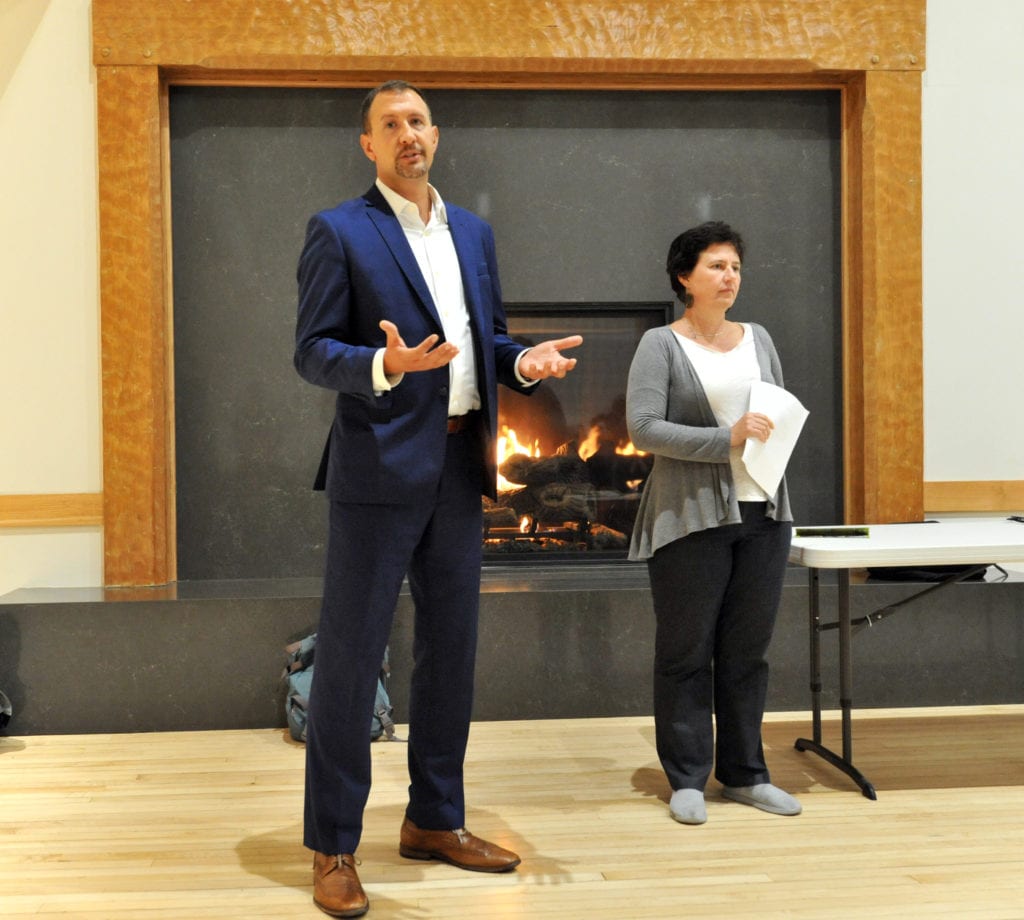
The Phase 1 plan for street trees was adopted by the Board of Supervisors in 2015. In addition, Proposition E, passed by voters in 2016, transferred responsibility for street tree maintenance, and sidewalk repair of damage caused by street tree roots, from property owners back to the City as of July 1. Priority for sidewalk repair will be given to hospitals, senior centers, bus stops, schools, neighborhood commercial districts — basically high volume pedestrian areas with vulnerable populations.
The ballot measure changed the city charter to set aside a baseline of $19 million. This is up from $2 million, but the City must now maintain five times the number of trees. The budget goes up with the cost of living.
A street tree is one that is in the public right-of-way, or on private property but within ten feet of it. A permit is needed for removal of a street tree. There are 125,000 street trees in San Francisco. Forty thousand tree basins are vacant. Approval is also required to plant a street tree, but it is a fairly simple online process.
The plan would grow the street tree population by 50,000 over the next twenty years. The City will perform a census of street trees, identify their species and condition, and plot them on a map. They will assign priority for pruning or removal based on a three-tiered assignment.
Top priority will be trees that are dead, with a major structural defect, or broken branches. Next will be those that pose issues of clearance over roadways, street lights, power lines, etc. Lastly, healthy trees will be assigned a pruning cycle of three or five years.
People who wish to continue to maintain their street trees can opt out. A formal process for doing that is being worked out through the City Attorney.
Three to five years after implementation of the plan, funding will be needed for new tree plantings. The City will be responsible for establishing the trees and a big challenge will be watering. Friends of the Urban Forest and citizen volunteers will be needed to help in the process.
In the first few years of implementation, a lot of the work will be contracted out to address the high volume.
The takeaway: Be patient!
Summary and links for details of the plan: http://sf-planning.org/urban-forest-plan
P.S.
The Glen Park Neighborhoods History Project is working with the Native Society of the Golden West and SF Rec and Park to get approval to place a California Historical Landmark plaque at the Glen Canyon Park Rec Center. It commemorates the site of the first dynamite factory in the United States, right here in Glen Canyon Park. Founder and chair of the GPNHP, Evelyn Rose, distributed information at a table set up with handouts outside the meeting.
For detailed history, go to: http://glenparkhistory.wixsite.com/glenparkhistory/projects